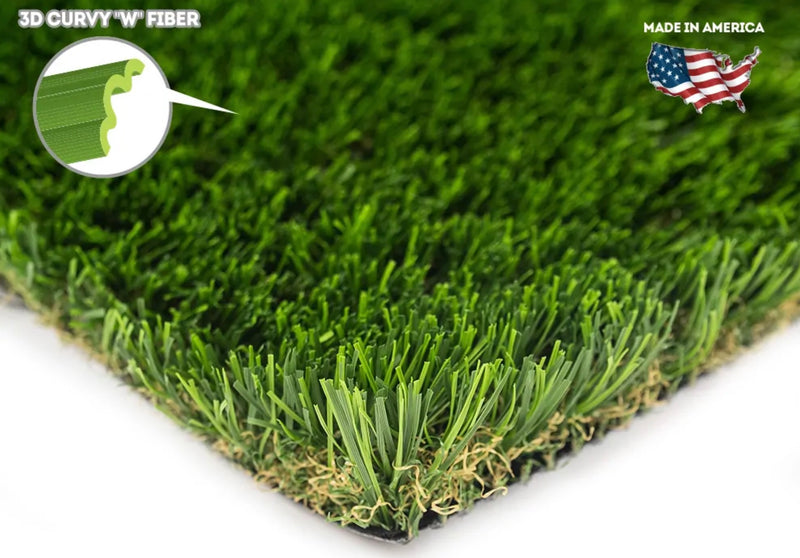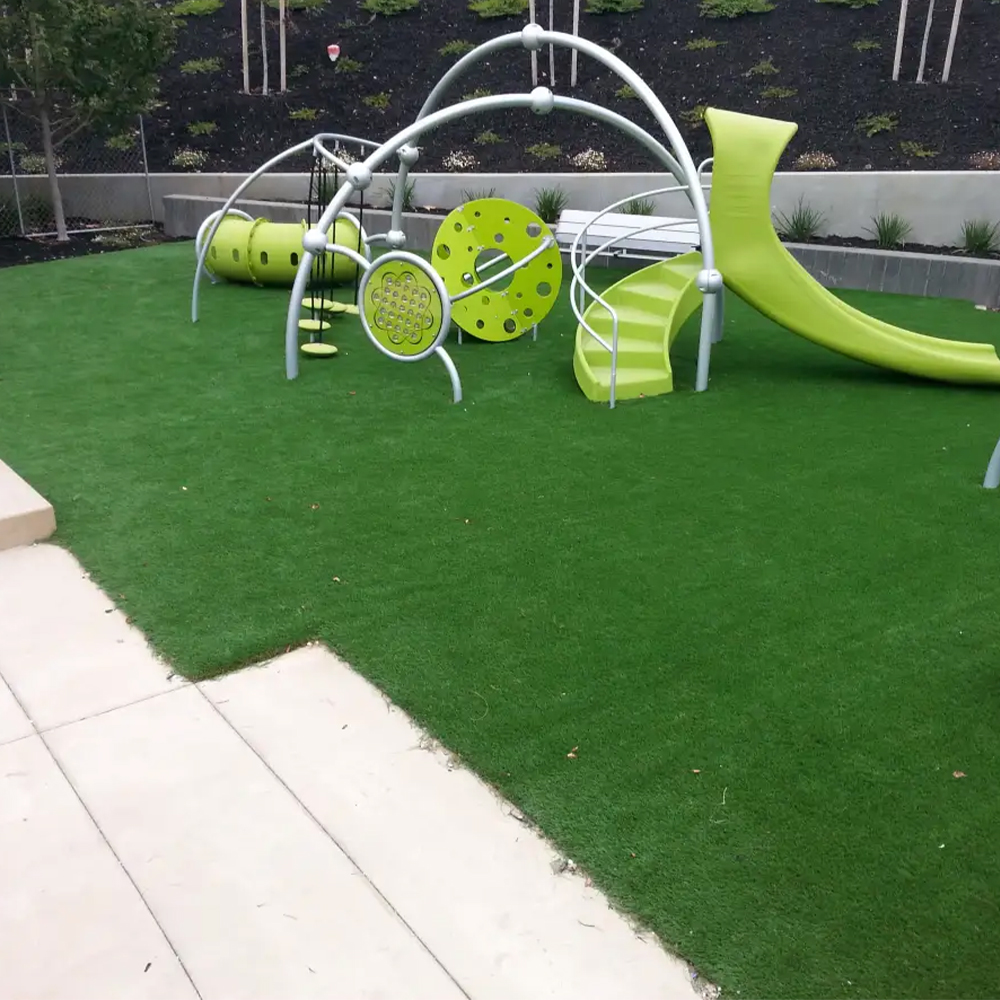Reputable Phoenix Turf Companies Delivering High-End Synthetic Grass Installation
Reputable Phoenix Turf Companies Delivering High-End Synthetic Grass Installation
Blog Article
Look Into the Environmental Conveniences of Opting for Artificial Turf Solutions
The fostering of man-made grass solutions provides a compelling opportunity to address pressing ecological difficulties. By considerably lowering water usage and decreasing the application of harmful chemicals, these choices not only promote sustainable landscape design yet also safeguard neighborhood ecosystems.
Water Preservation Advantages
One of the most substantial advantages of synthetic lawn is its capability to conserve water. In contrast, fabricated turf does not require watering, substantially minimizing the overall demand for water resources.
By removing the demand for regular watering, synthetic grass adds to lasting landscape techniques and aids alleviate the environmental effect of extreme water consumption. Additionally, the preservation of water includes the decrease of drainage, which can result in soil erosion and waterway contamination.
Additionally, the installment of synthetic lawn permits districts and homeowners to allot water sources extra effectively, concentrating on essential uses such as alcohol consumption water and agriculture. The change towards artificial grass not only advertises liable water use yet also lines up with broader environmental objectives focused on protecting natural deposits.
As communities increasingly focus on sustainability, the water conservation benefits of man-made lawn provide an engaging case for its adoption in industrial and residential landscape design projects.
Decreased Chemical Use
The change to man-made lawn substantially lowers the reliance on chemical treatments generally utilized in natural grass upkeep. Conventional lawn administration generally involves the application of fertilizers, herbicides, and chemicals to promote growth and control pests. These chemicals can position threats to human health and wellness, neighborhood wildlife, and the setting, adding to soil and water contamination.
On the other hand, synthetic grass gets rid of the need for these dangerous materials. Once installed, it requires very little upkeep, mainly being composed of regular cleansing and seldom infill replenishment. This decrease in chemical use not just benefits the instant environment but likewise adds to broader ecological stability. By reducing the launch of synthetic compounds right into the community, synthetic lawn advertises much healthier dirt and water systems.
Additionally, the lack of chemical runoff connected with man-made grass installations helps safeguard regional rivers from air pollution, supporting marine life and keeping biodiversity. Arizona turf. As areas significantly focus on lasting techniques, going with synthetic grass provides a feasible solution that lines up with ecological preservation objectives. Through this change, homeowner can enjoy lush eco-friendly areas without endangering environmental health and wellness, leading the way for a much more sustainable future
Lower Carbon Footprint

In addition, the installation of man-made turf can lead to substantial water conservation. Natural yards require considerable quantities of water for watering, which not navigate to these guys just includes to the carbon footprint related to water extraction and therapy however also pressures neighborhood water resources. In contrast, synthetic grass needs minimal maintenance, requiring no watering, consequently dramatically minimizing water usage and its linked energy costs.
Furthermore, the durability of artificial lawn contributes to its decreased carbon effect. With a life expectancy of approximately 15 years or more, the requirement for regular replacements is lessened, resulting in less waste and lower energy Resources consumption in production and dealing with typical grass options. Overall, synthetic grass provides a lasting alternative for ecologically mindful landscape design.
Environment Conservation
Habitat conservation is an essential factor to consider in the dispute over landscaping choices, particularly when contrasting synthetic grass to all-natural turf. All-natural grass yards often require extensive upkeep, including using fertilizers, pesticides, and herbicides, which can detrimentally influence regional ecological communities. These chemicals can leach into the soil and waterways, damaging native plants and fauna and interrupting regional habitats.
Fabricated grass gets rid of the demand for dangerous chemicals, consequently protecting nearby wildlife and maintaining the honesty of bordering ecological communities. The installment of man-made lawn can lead to the conversion of previous turf areas right into even more biodiverse landscapes, such as pollinator yards or native plant areas, which can support regional wild animals.
Eventually, the transition to fabricated lawn not only conserves water and reduces maintenance initiatives however likewise cultivates a much more harmonious partnership between human tasks and her comment is here the natural atmosphere, advertising habitat preservation at the same time.
Long-Term Sustainability
Long-term sustainability is an important variable in examining the benefits of man-made turf over traditional turf lawns. Among one of the most considerable advantages of synthetic grass is its durability; it can last up to 15-20 years with minimal upkeep, whereas natural yard calls for frequent reseeding and replacement. This longevity lowers the need for constant resources, such as water, plant foods, and pesticides, which are vital for maintaining a healthy and balanced grass yard.
In addition, synthetic grass adds to a decrease in carbon exhausts associated with lawn care equipment. Standard grass frequently need gas-powered mowers, trimmers, and blowers, every one of which add to air pollution. Arizona turf. In comparison, synthetic grass gets rid of the requirement for such devices, advertising a cleaner environment
In addition, the production of synthetic turf increasingly utilizes recycled materials, boosting its sustainability account. As producers embrace green methods, the ecological footprint of synthetic lawn proceeds to lessen.

Verdict
The fostering of synthetic grass options offers considerable ecological advantages, consisting of considerable water preservation, minimized dependence on damaging chemicals, and a reduced carbon impact. Additionally, fabricated lawn help in maintaining natural environments by reducing land disruption and promoting lasting sustainability with using durable materials. Jointly, these variables underscore the capacity of synthetic grass to add favorably to environmental health and offer a viable option to conventional landscaping techniques in a progressively resource-conscious world.
In comparison, man-made turf does not require watering, significantly decreasing the general need for water resources. By minimizing the launch of synthetic substances right into the ecological community, fabricated grass advertises much healthier dirt and water systems.
Furthermore, the installation of man-made turf can result in significant water conservation. In comparison, man-made lawn requires marginal upkeep, requiring no watering, thereby significantly decreasing water use and its connected power expenses.

Report this page